Prevalence and patterns of antidepressant use among women of reproductive age in Northern Ireland.
Antidepressant exposure is high among women of childbearing age in Northern Ireland. A preliminary analysis of Health and Social Care Business Services Organisation Enhanced Prescribing Database has estimated a prevalence rate at 19.2% among women aged 15-45 years for July 2008 – February 2010. It is important to regularly monitor medicinal drug use among women of childbearing age and those in early pregnancy because the teratogenicity of most prescription drugs is undetermined and many pregnancies are unplanned. A meta-analysis of studies found exposure to paroxetine (paxil) in early pregnancy to increase the risk of major birth defects, (OR 1.24, 95% CI 1.08, 1.43) and specifically cardiac defects (OR 1.46, 95% CI 1.17, 1.82) (Wurst et al. 2009). The potential public health problem of antidepressant use in pregnancy depends both on prevalence and risk of exposure.







